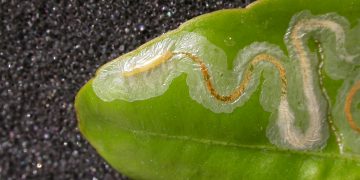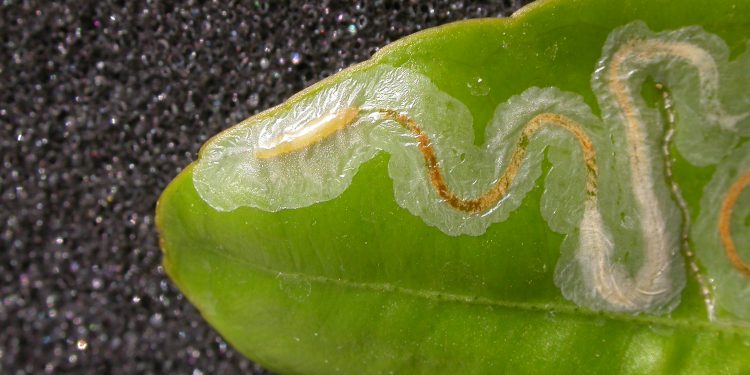#LeafMinerOutbreak #PegomyaHyoscyami #Agriculture #Horticulture #CropProtection #InsectPest #ControlMethods
The Pegomya hyoscyami, commonly known as the leaf miner, is a significant threat to agriculture and horticulture. This insect pest feeds on various plant species, including vegetables, fruits, and flowers. The larvae of the leaf miner burrow into the leaves, creating tunnels that impair the plant’s ability to photosynthesize and eventually leading to reduced yield or even plant death.
The development of a leaf miner outbreak can have severe consequences on crop production and revenue for farmers. Not only does the pest cause direct damage, but it also leaves plants vulnerable to secondary infections from other pests and diseases. The economic consequences of a leaf miner outbreak can be devastating for farmers and impact food supply chains.
Several control methods exist to manage leaf miner outbreaks, including cultural, biological, and chemical methods. Crop rotation, removing infected leaves, and planting resistant plant varieties are some cultural control methods that can be effective. Biological control methods include the use of natural predators, such as parasitic wasps, while chemical control methods involve the application of insecticides.
To prevent and manage the spread of the leaf miner, farmers and agricultural organizations need to remain vigilant and work together to implement effective control measures. Early detection and quick action can help prevent the spread of the pest and minimize its impact on crops.
The Pegomya hyoscyami, or leaf miner, is a significant threat to agriculture and horticulture. Understanding its development and consequences is critical in developing effective control methods to prevent and manage the spread of the pest. With the right measures in place, farmers can protect their crops and maintain the integrity of our food supply chains.


































